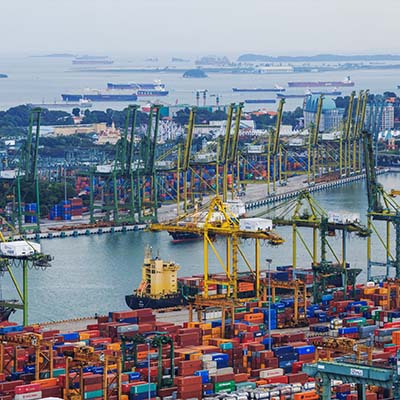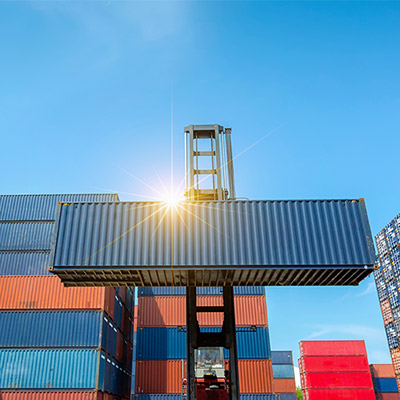With economies starting to open up, the manufacturing sector looks set to be the growth driver for South-east Asia and companies in the region should optimise their supply chains to bank on these opportunities, said professional services network Ernst and Young (EY).
In its latest study on investing in South-east Asia published on Feb 21, the consulting firm, which is also considered 1 of the Big 4 accounting firms, said that the Covid-19 pandemic had exposed vulnerabilities in traditional supply chains and organisations are now under pressure to reconfigure their supply chains to become more responsive.
Study co-author Atul Chandna, who leads EY's Asia-Pacific Supply Chain segment, said the pandemic and trade tensions had forced companies to identify alternative, lower risk and local suppliers for diversification, and companies should strive to strike a balance between just-in-case and just-in-time models.







